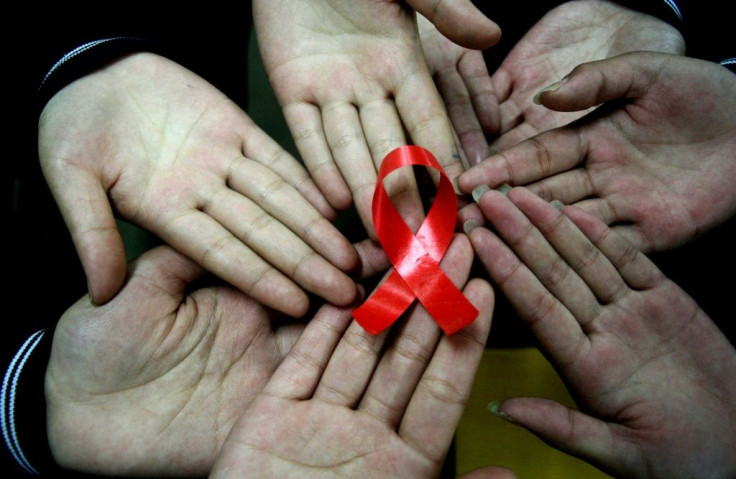National HIV/AIDS And Aging Awareness Day: 10 Important Facts You Should Know
National HIV/AIDS and Aging Awareness Day, observed each year on Sept. 18, is commemorated to shed light on the challenges faced by the aging population in relation to HIV/AIDS.
Some people may not know this, but HIV/AIDS also affects older people. National HIV/AIDS and Aging Awareness Day was founded by the AIDS institute to highlight HIV/AIDS issues among older Americans, including new infections among older adults and the aging-related challenges when it comes to HIV prevention, care and treatment.
"Late diagnoses can occur because older adults may not think they are at risk of HIV, and they may mistake HIV symptoms for those of normal aging," the National Institutes of Health (NIH) said. "Health care providers may not always test older people for HIV infection."
The agency noted this could be problematic as delayed diagnoses could also mean they're getting delayed medication, thereby giving HIV "more time to damage the immune system."
That said, the observance also raises awareness on the increasing number of people who are actually living "long and full lives" with HIV.
"People aged 50 and older with diagnosed HIV are living longer, healthier lives because of effective HIV treatment," the CDC said.
On this day, people can participate by spreading information about HIV and addressing the stigma that still surrounds it. They can also learn more about the "barriers" that people are facing in terms of care and encourage older adults to protect themselves and get tested.
Here are some important facts you may want to know about HIV/AIDS and aging. (Courtesy: the NIH, the CDC and the American Psychological Association ( APA ))
- In 2016, almost half of the people in the U.S. living with HIV were 50 years old or older. Although new HIV diagnoses in the age group have actually been declining, in 2017 and 2018, about "one in six" of the new HIV diagnoses were in this age group.
- People aged 55 and older who were diagnosed with HIV in 2015, half of them had been living with the condition for 4.5 years before getting a diagnosis.
- Even though older people visit their doctors more often, they are also less likely to discuss their sexual or drug habits with them. On the other hand, doctors are also less likely to ask these questions to their older patients.
- Widowed or divorced people who are dating again may be less likely to know the risks and protect themselves, as they may think of HIV/AIDS as "not an issue for older people." The same may be the case for women who are no longer worried about getting pregnant and are less likely to use a condom for safe sex.
- Older people have many of the same risks of HIV as younger people -- having multiple sexual partners and not using condoms.
- In the 50 and older age group, most of the new HIV diagnoses in 2018 were reported among men.
- People in the aging population may face challenges in terms of interactions between medications as they are likely to take two or more drugs for different conditions, including HIV medications, at the same time.
- Both HIV and age increase the risks of bone loss, cardiovascular disease, certain cancers and lung disease.
- It's important for people aged 50 and above to know their HIV status if they have the condition because taking HIV medications could make the viral load undetectable. Those whose viral loads are undetectable "can live a long and healthy life" and have "effectively no risk" of transmitting HIV/AIDS to a negative sexual partner.
- Isolation and stigma are of particular concern among older Americans as they may already feel secluded while the stigma may affect their self-image and cause them to not disclose their HIV status to family and friends. "Many" LGBT people who are older also have the tendency to delay getting medical care because of the fear of being discriminated.

© Copyright IBTimes 2024. All rights reserved.






















